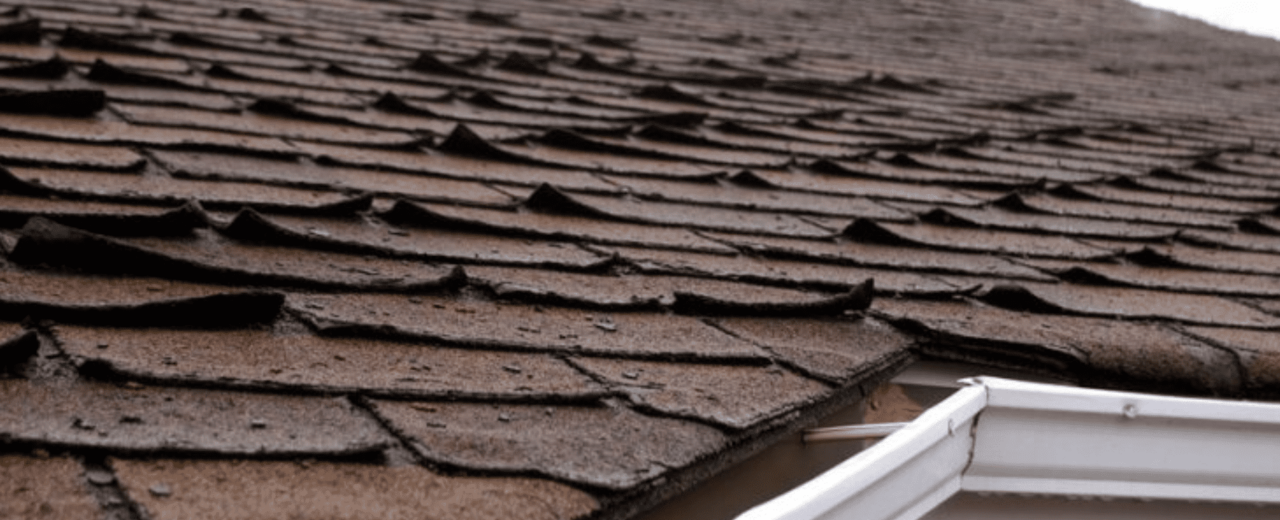The Truth About UV Damage to Roofing Materials
When we think of roof damage, we often picture hailstorms, wind gusts, or heavy snow. But one of the most persistent and underrated threats to your roof is something you deal with almost every day—sunlight. More specifically, ultraviolet (UV) radiation from the sun can silently degrade roofing materials over time, weakening your home’s first line of defense.
What Is UV Radiation and Why Does It Matter?
UV radiation is a type of energy produced by the sun that penetrates the Earth’s atmosphere and affects everything it touches, including your roof. While UV light helps plants grow and gives us Vitamin D, it can also cause significant wear and tear on exposed surfaces. Roofing materials, being directly exposed to the sun’s rays day in and day out, bear the brunt of this radiation.
Unlike storm damage, UV damage is slow and cumulative. That means you might not notice it until your roof starts to show signs of premature aging or leaks begin to form. In areas with high sun exposure—like the Mountain West and Southwest—UV damage can be especially aggressive.
How UV Light Affects Roofing Materials
UV rays break down the chemical bonds in roofing materials, causing them to dry out, become brittle, and eventually crack. Here’s how it affects common roofing materials:
- Asphalt Shingles: These shingles are particularly vulnerable. Over time, UV exposure degrades the asphalt binder that holds the granules in place. Once those granules are lost, the shingle surface is exposed and begins to deteriorate quickly.
- Wood Shakes: UV radiation dries out natural wood, causing it to split, warp, and discolor. It also reduces the wood’s natural oils, which protect against decay and insects.
- Rubber and Membrane Roofs: These materials can lose their elasticity and become brittle due to constant UV exposure, resulting in cracks, blisters, and leaks.
- Metal Roofs: While more UV-resistant, metal roofs can still suffer from thermal cycling, expanding and contracting with temperature changes caused by sunlight. This can lead to seam separations and loosening of fasteners over time.
Signs of UV Damage
Early signs of UV degradation include fading color, cracking, curling, and loss of granules on shingles. You may also notice blistering or splitting, particularly on flat roofing systems. These issues can lead to water intrusion, mold growth, and expensive repairs if left unaddressed.
How to Protect Your Roof from UV Damage
- Regular Inspections: Conducting annual roof inspections, especially after the summer, can help identify UV-related issues early, preventing them from becoming costly problems.
- Reflective Coatings: Applying UV-reflective coatings can significantly reduce heat absorption and protect the underlying materials.
- Quality Materials: Choose roofing materials designed to withstand UV exposure. Many newer shingles come with UV inhibitors built in.
- Proper Ventilation: A well-ventilated attic reduces the temperature differential between your roof and attic space, which minimizes thermal stress caused by UV heat.
Final Thoughts
UV damage is an invisible enemy of your roof, working slowly but steadily to weaken its integrity. Whether you’re in a sunny climate or just facing typical seasonal exposure, it’s crucial to take UV protection seriously. With regular maintenance and the right materials, you can significantly extend your roof’s lifespan and protect your investment for years to come.


